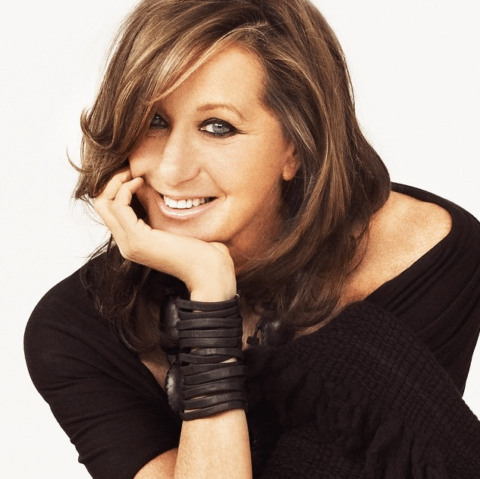An ode to Donna Karan, the high priestess of working girl style

If the Mad Men series had continued on into the ‘80s, there surely would have been an episode where Joan folds her curves into a Donna Karan bodysuit.
Karan’s abrupt exit this week from the company she founded in 1984 brings the second dawn of fashion feminism to an official close. The first was when Coco Chanel liberated women from corsets.
LVMH Moët Hennessy Louis Vuitton, which bought Karan’s brand for $243 million US in 2001, announced that the Donna Karan label will fold, but DKNY will live on under streetwear darlings Maxwell Osborne and Dao-Yi Chow, founders of Public School.
Back in the ‘80s, before Casual Fridays opened the door to T-shirts and capris, everyone dressed up for work. As more women began climbing the corporate ladder, they (and others grasping for the lower rungs) did so in modified menswear. If you were hell-bent on a career, your closet was filled with suits that were stiff and structured. Tailored shoulders and peaked lapels sent a solid message: I mean business.
Then along came Karan with her 7 easy pieces—a mix and match concept that offered comfort and practicality, without sacrificing seriousness.
Her crepe jackets, skirts and trousers had a soft fluidity and were layered over bodysuits and opaque tights inspired by dance leotards. Her version of corporate dressing had an ease of movement that allowed women to feel sleek and sexy—a new form of empowerment that, before Karan, did not exist. She brought luxury to the boardroom, not “look at me” ostentation, but the silent satisfaction that comes from feeling the finest cashmere against your skin.
We’ve come a long way from needing to dress like men in order to be taken seriously at work. But Karan was the first designer to really get that women were busy and ambitious, because as a mother and a designer, she was too.







